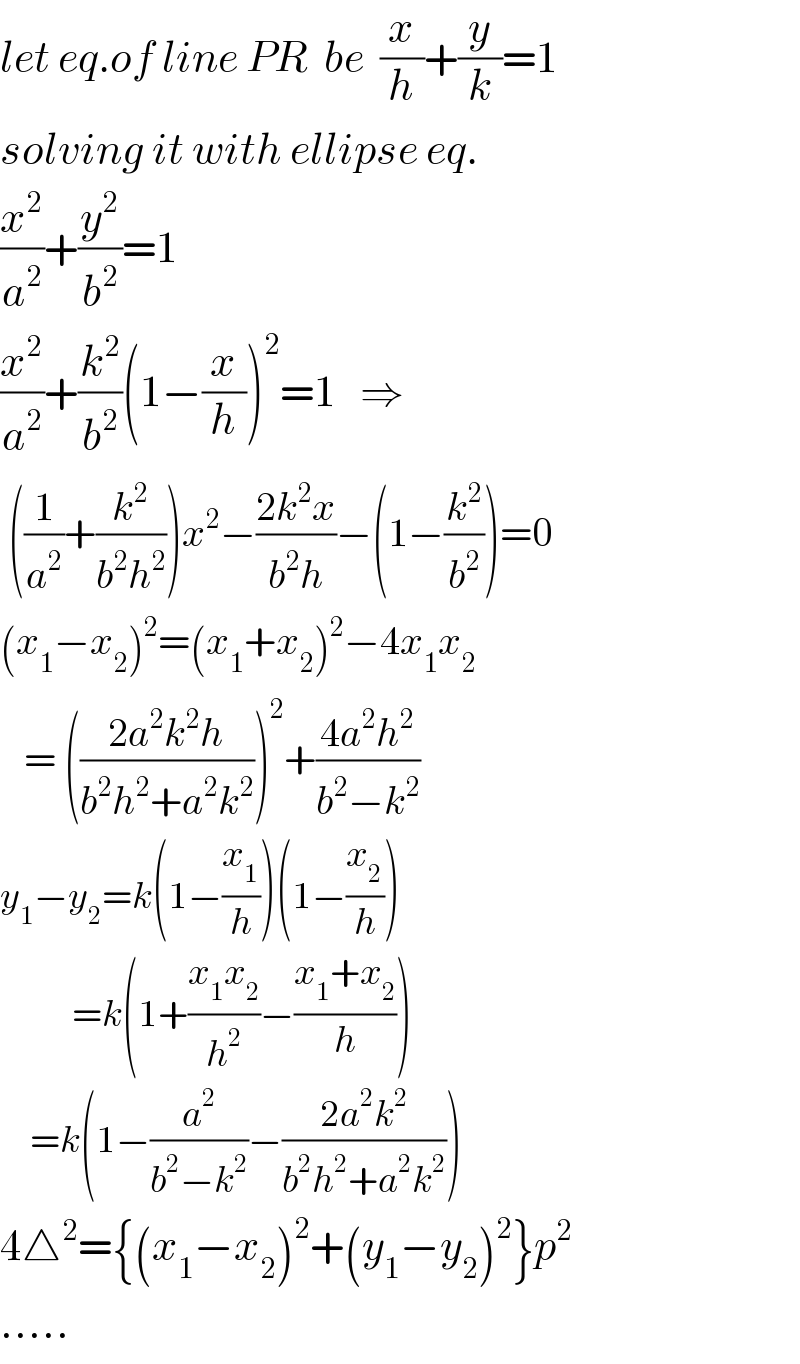
Question and Answers Forum
Question Number 122111 by ajfour last updated on 14/Nov/20
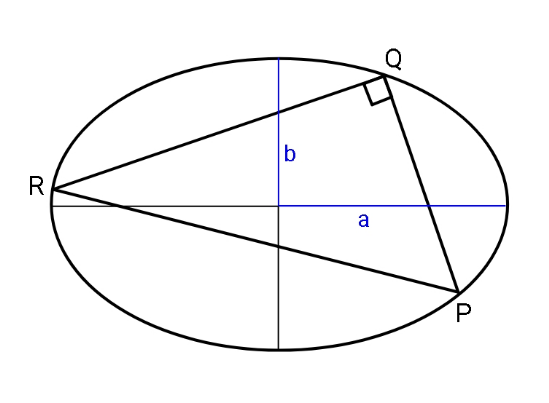
Commented by ajfour last updated on 14/Nov/20

Commented by MJS_new last updated on 14/Nov/20
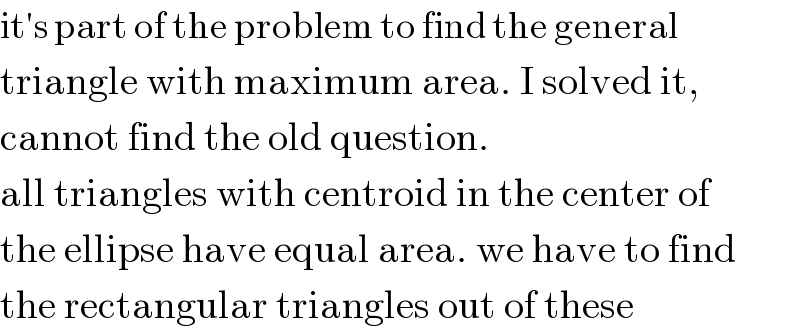
Commented by MJS_new last updated on 14/Nov/20
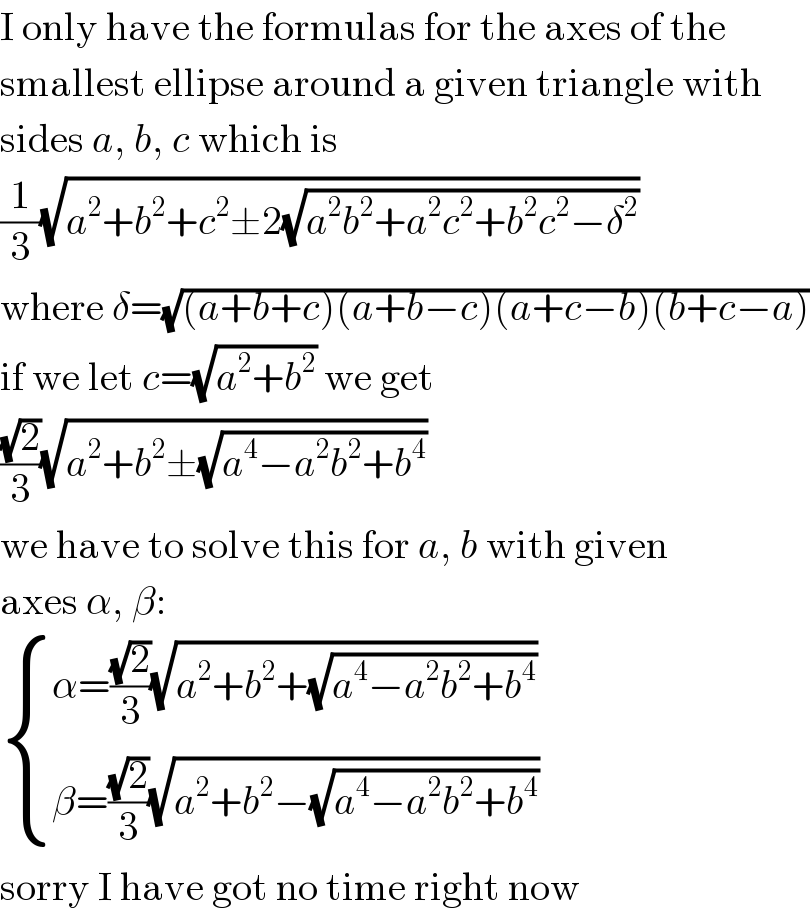
Commented by MJS_new last updated on 14/Nov/20
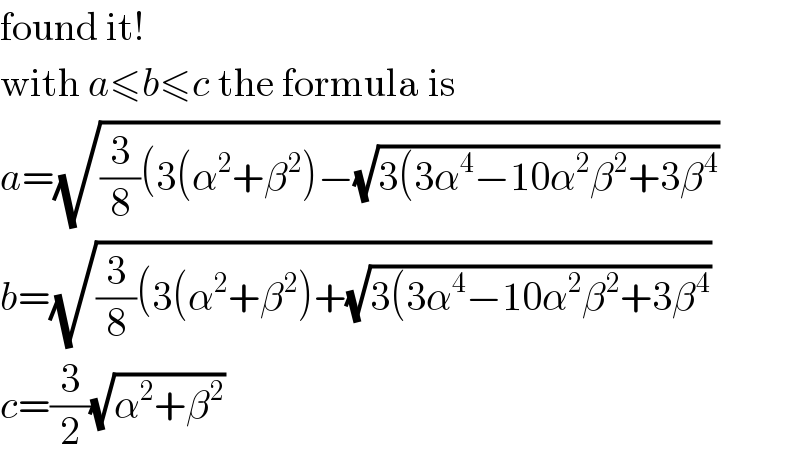
Commented by ajfour last updated on 14/Nov/20

Commented by MJS_new last updated on 14/Nov/20
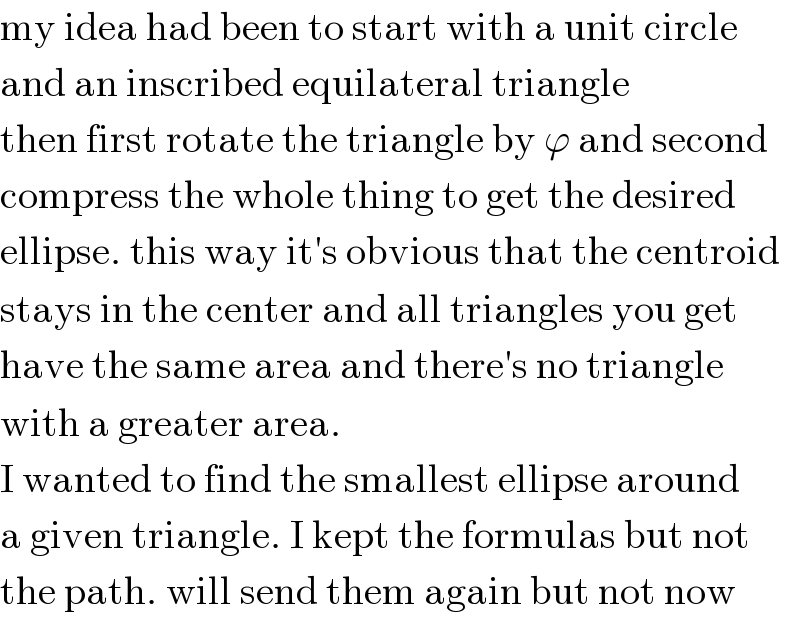
Commented by MJS_new last updated on 14/Nov/20
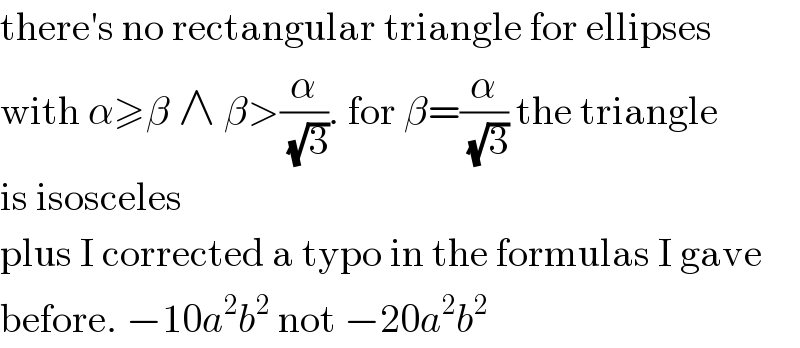
Answered by ajfour last updated on 14/Nov/20
